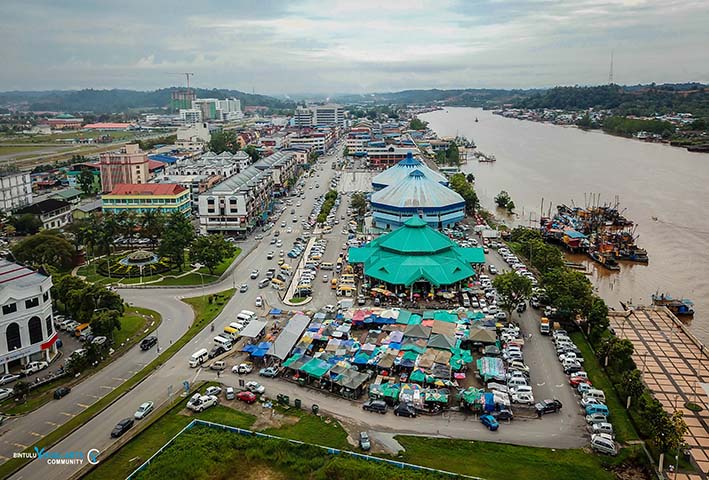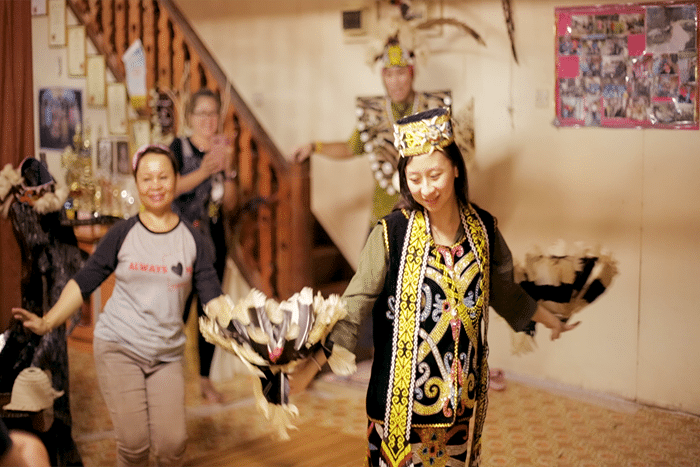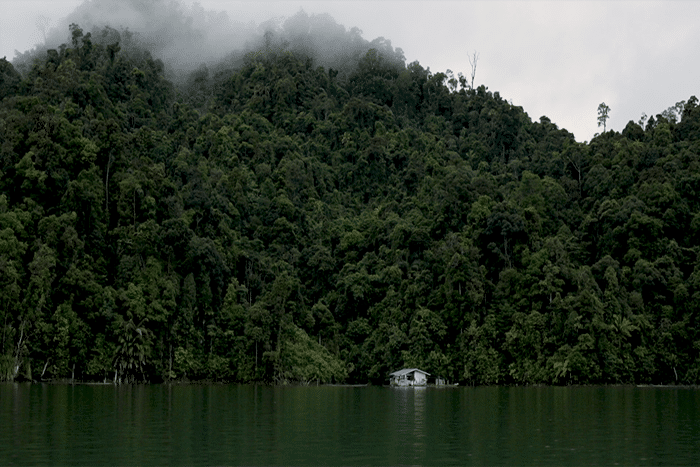Go Off the Beaten Track in Malaysia: Three Things to Do in Bintulu, Sarawak, on Your First Trip
PUBLISHED March 15th, 2018 01:15 pm
A small coastal town in central Sarawak and a centre of energy intensive industries, Bintulu might not be the most attractive of tourist destinations in Malaysia, but it is also a cultural centre for the majority of the population is made up by Sarawak’s indigenous people. Home to 43 different tribes – in particular the Iban, Malay, Melanau, Bidayuh, and Orang Ulu – and surrounded by three national parks, this new destination has made a blip on our travel radar with its rich indigenous heritage and great outdoors.

Getting There
Air Asia runs the only international flight to Bintulu from Singapore Changi Airport with four times weekly direct flights. Other domestic connections to Bintulu include Kuala Lumpur, Sibu, Miri, and Kota Kinabalu. One will find the stand for taxis outside the arrival hall of Bintulu Airport, where a fixed fare of RM35 will get you to the town centre.
While the town itself will keep you occupied for a day or so – check out the Pasar Tamu market, great local food in the Taman Sinong area, and the impressive Taoist Tua Pek Kong Temple on Jln Abang Galau – most of Bintulu’s attractions lie further afield.
Live like a Local: Uma Belor Homestay

The three hours it takes to get from Bintulu to Uma Belor in Sungai Asap was worth it. Widely acknowledged as one of the best Kayan (the largest ethnic group in the Orang Ulu community) longhouses. Uma Belor Leo Dian has the ability to house 110 families – about 700 people – over seven connected blocks, making it potentially the longest uninterrupted longhouse structure in Sarawak.
In the evening, after a stew made with freshly caught catfish, the locals performed a traditional Iban Ngajat dance; an element of the “miring” ceremony. The dance was believed to have been performed by warriors upon return from battle, but these ceremonies are generally performed to honour the gods, spirits, and ancestors during the Hari Gawai, the largest and most elaborate festive occasion of the year for the indigenous population of Malaysian Borneo (also collectively known as Dayak). The best part? Most of the dayak at Uma Belor are eager to showcase their culture and traditions so guests at the homestay are more than encourage to arm themselves with authentic costumes and to try dancing themselves!
Boating on the Bakun Lake

On the way to the jelatong (floating house-stays), you’ll pass by the Bakun Dam. Opened in 2011, this hydro power plant on the Balui River now not only supplies almost the whole of Sarawak with energy, it’s also turned the river into an immense lake the size of Singapore. In Belanum, one can arrange to stay in one of the floating houses and go for a swim in the nice clear waters. For a unique dipping experience, head to the river mouth where cold mountain water and warm lake water meet.
The jelatong also houses the local fishermen, so they can also guide travellers through the jungle for swimming holes, hiking, and locations to see local wildlife.
Jungle Treks: Similajau National Park

For the best wildlife spot, though, one has to head to the Similajau National Park. Situated 30km north of Bintulu on the Sarawak coastline, frequently spotted wildlife include saltwater crocodiles, turtles, lizards, gibbons, banded langurs, civet cats, and a wide variety of tropical birds like the hornbill. Similajau’s kerangas (or heath forest) and mixed Dipterocarp forest, provide diverse habitats for those fascinating species. For the experienced hiker, there’s a 10km circular trek through the whole park, but beginners and families are able to do smaller circuits of three to five kilometres.
Every path is well-marked so you can easily explore on your own, though guided tours are available at the park’s headquarters. The crocodile spotting boat trips and guided hikes are great way sto learn more about the wildlife; and with an expert pair of eyes on your side, you might just be able to see prehistoric-looking horseshoe crabs in the shallows. The coastline of the natural reserve function as nesting beaches for Green turtles and, occasionally, Hawksbill turtles. If you’re lucky, you might even spot dolphins!
Just note that the park is exceedingly popular with locals during the weekends, so if you prefer to see more wildlife than people, we recommend visiting Similajau National Park on a weekday instead.
Unfortunately, we visited Bintulu during the monsoon (well equipped with raincoats and waterproof gear) and didn’t get to maximise our days as much as we’d like. The best time to visit is (obviously) the dry season between March to September; and even though we’ve only covered three of the essentials, there’s definitely more to see in and around Bintulu, such as the floating temple in the quaint riverine town of Sebauh!

